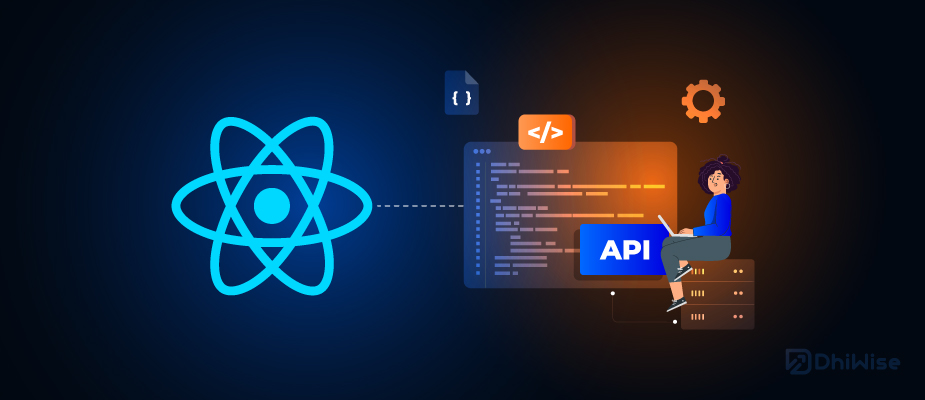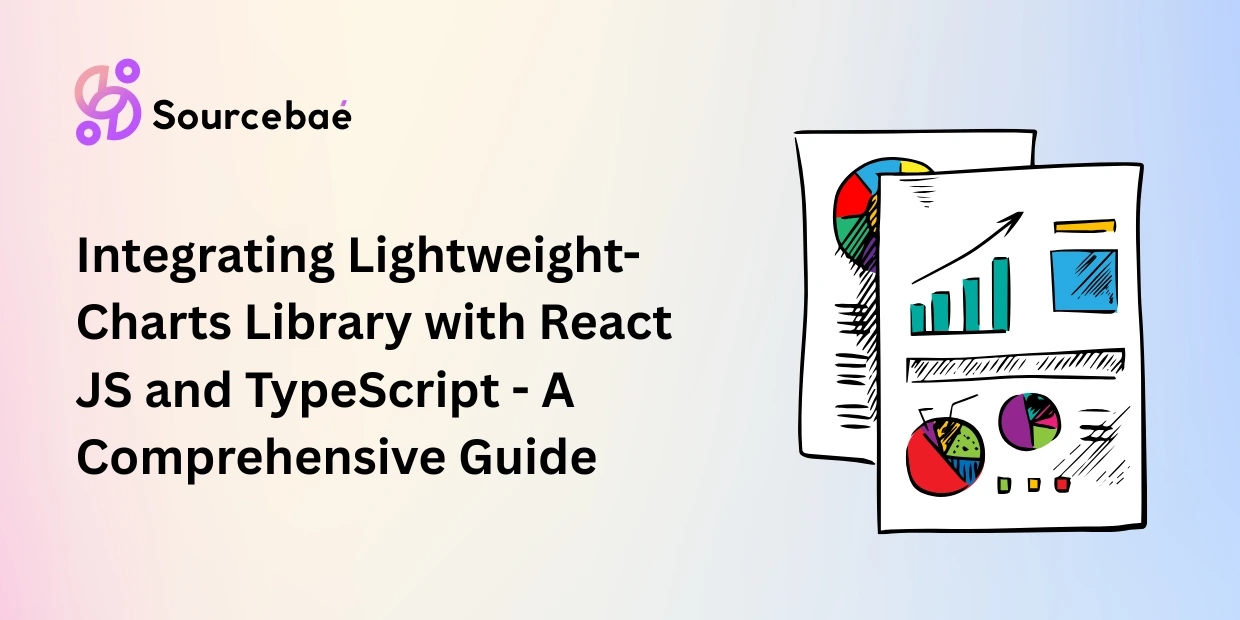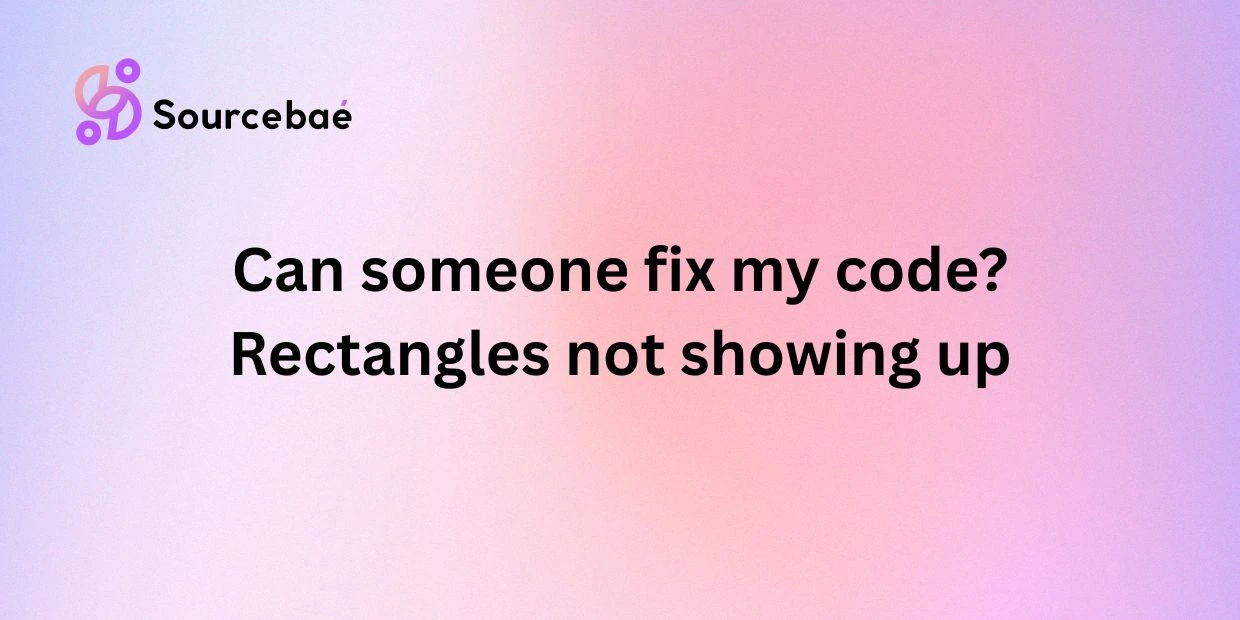Can React be used for full stack?
In the realm of web development, React has established itself as a go-to framework for building rich and interactive user interfaces. But can React be used for full stack development, encompassing both front-end and back-end aspects of a web application? The answer is a resounding yes! In this article, we’ll delve into the various facets of using React for full stack development, shedding light on its potential, advantages, and considerations.
Absolutely, React can indeed be used for full stack development. While React is primarily renowned for front-end development, its capabilities extend beyond crafting captivating user interfaces. With the right tools and approaches, React can seamlessly integrate with back-end technologies to create a full stack development environment that is both efficient and powerful.
Exploring the Benefits of Using React for Full Stack
When it comes to full stack development, React brings several advantages to the table:
1. Streamlined Development Process
Combining React for the front end and back-end technologies allows developers to work with a consistent codebase. This streamlines the development process, making it easier to manage and maintain the application.
2. Reusable Components
React’s component-based architecture promotes reusability, even in full stack development. Developers can create components that are used across different layers of the application, reducing redundancy and enhancing efficiency.
3. Enhanced User Experience
React’s virtual DOM facilitates efficient updates, resulting in a smoother user experience. This advantage remains consistent when React is utilized for both front-end and back-end development, contributing to a responsive and engaging application.
4. Abundant Libraries and Packages
React’s extensive ecosystem of libraries and packages is beneficial for both front-end and back-end development. Leveraging these resources accelerates the development process and allows developers to implement complex features with ease.
Challenges to Consider
While React’s capabilities for full stack development are impressive, there are challenges to be mindful of:
1. Learning Curve
Transitioning from front-end to full stack development using React requires acquiring knowledge about back-end technologies. This learning curve might pose a challenge for developers who are primarily experienced in front-end development.
2. Choosing the Right Tools
Selecting appropriate technologies for the back-end, such as Node.js, Express, or Django, is crucial. Ensuring seamless integration between React and the chosen back-end technology is essential for a successful full stack application.
3. State Management
Managing state across both the front-end and back-end components can become intricate. Implementing efficient state management practices becomes essential to avoid data inconsistencies and performance bottlenecks.
Strategies for Effective Full Stack Development with React
To make the most out of React’s potential for full stack development, consider the following strategies:
1. Comprehensive Learning
Invest time in learning both front-end and back-end technologies. Online courses, tutorials, and documentation can provide valuable insights into mastering the skills required for full stack development.
2. Building a Strong Foundation
Before diving into full stack projects, ensure you have a solid understanding of React’s core concepts. This foundation will serve as a strong base for expanding your expertise to the back-end.
3. Integration Testing
Thoroughly test the integration between React and your chosen back-end technology. Integration testing helps identify and address compatibility issues early in the development process.
FAQs about Using React for Full Stack Development
Q: Can React be used for full stack development right out of the box?
A: While React can be integrated into a full stack environment, additional back-end technologies and tools are required for complete functionality.
Q: Which back-end technology pairs well with React for full stack development?
A: Node.js is a popular choice for back-end development alongside React due to its compatibility and efficiency.
Q: Is it necessary to use React for both front-end and back-end development?
A: No, React can be used exclusively for front-end development, but it can also seamlessly integrate with various back-end technologies.
Q: What are the performance considerations when using React for full stack development?
A: Efficient state management, proper API handling, and optimized component rendering are crucial for maintaining good performance.
Q: Are there any limitations to using React for full stack development?
A: While React is versatile, it’s important to recognize that certain complex functionalities may require additional specialized tools.
Q: How can I keep up with updates and best practices for React full stack development?
A: Following official documentation, community forums, and attending relevant web development conferences can help you stay updated.
Conclusion
In the realm of web development, React’s potential transcends the front-end, extending into the realm of full stack development. By effectively combining React with appropriate back-end technologies, developers can craft seamless, feature-rich applications that cater to both user interface and functionality. Embracing React for full stack development requires a comprehensive understanding of its capabilities and challenges, paving the way for innovation and success in the ever-evolving world of web applications.
============================================
SOURCEBAE: Hire React JS Developers






